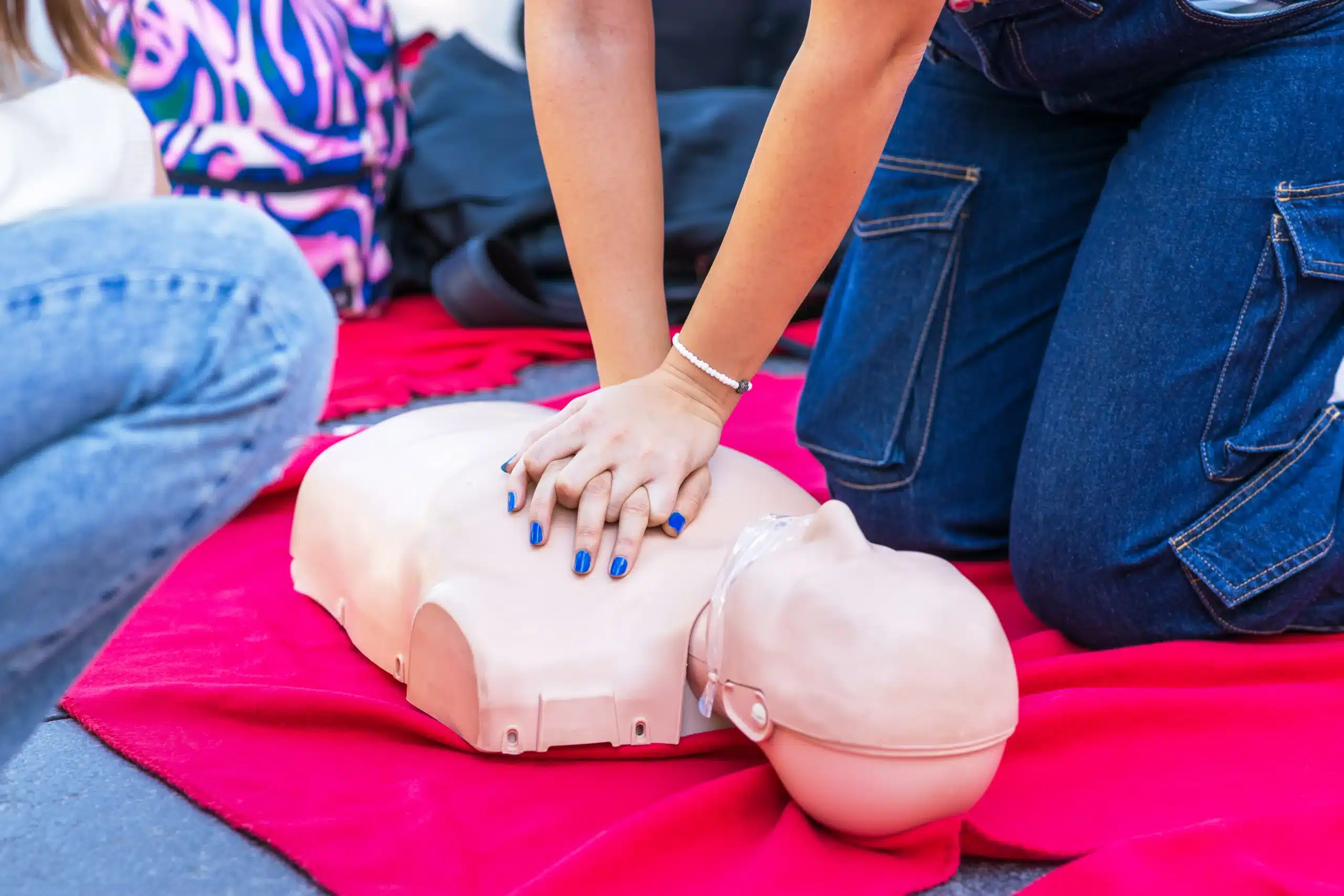CPR, or Cardiopulmonary Resuscitation, is crucial in emergencies. Yet, misconceptions about CPR persist. For many, these myths deter action. This blog aims to dispel them. We’ll cover common CPR myths and reveal the truths. This knowledge could make you a lifesaver.
Myth 1 CPR is Only for Professionals
Many believe only experts should perform CPR. This is untrue. Anyone can learn CPR basics. With simple training, you can help save lives. Immediate action is critical in emergencies.
CPR can double or triple survival chances. Delay waiting for professionals can be deadly. Trained or not, attempting CPR is better than doing nothing. Your actions could bridge the gap before help arrives.
Myth 2 CPR Always Restarts the Heart
Some think CPR will restart the heart. Actually, CPR maintains blood flow. It buys time until medical help restores the heart’s rhythm. The real aim is preserving brain function.
Without oxygen, brain cells die quickly. CPR sustains the brain and vital organs until defibrillation occurs. Knowing this goal helps manage expectations. CPR is not a guarantee but a crucial lifeline.
Myth 3 Breathing is More Important than Chest Compressions
Misconceptions persist that rescue breaths are key. In fact, chest compressions take precedence. Compressions maintain blood flow. This is vital for oxygen delivery to organs.
For untrained rescuers, compression-only CPR is effective. Studies show it’s often just as beneficial. Focus on compressions first. They offer the greatest chance of survival.
Myth 4 You Can Break Ribs Doing CPR
Worrying about broken ribs may cause hesitation. While rib fractures are possible, the priority is saving lives. Proper technique minimizes damage risk.
When performing CPR, use the correct hand position and depth. Broken ribs heal. A stopped heart does not. In emergencies, the benefits of CPR outweigh potential harm.
Myth 5 You Must Perform Perfect CPR
Perfection is not the goal. It’s better to perform imperfect CPR than none. Fear of mistakes shouldn’t prevent you from helping. Action is always preferable to inaction.
Good Samaritan laws protect helpers from liability. These laws encourage assistance without fear. Your attempt could mean the difference between life and death.
Myth 6 CPR is Only for Cardiac Arrest
CPR is not limited to cardiac arrest. It’s also useful for drowning, choking, and drug overdose cases. Anytime breathing or pulse stops, CPR is needed.
Prompt action increases survival chances. Recognizing emergencies where CPR is required broadens your ability to help. Knowledge empowers you to act confidently.
Myth 7 CPR is Difficult to Learn
Many perceive CPR as complex. In reality, basic CPR is straightforward. Training is accessible and often free. Courses teach essential skills quickly.
Online resources and courses abound. They provide step-by-step guidance. Mastery of CPR basics equips you to respond effectively. Learning CPR is a valuable investment.
Myth 8 You Must Be Certified to Perform CPR
Certification is not mandatory for performing CPR. Anyone can attempt it in emergencies. While certification boosts confidence, it’s not a prerequisite.
If untrained, focus on calling for help and starting chest compressions. Every second matters in emergencies. Your willingness to act can change outcomes.
Myth 9 CPR is Not Needed if the Victim Is Gasping
Gasping does not indicate breathing. This reflex, known as agonal respiration, is ineffective. It often occurs during cardiac arrest.
Start CPR immediately if you witness gasping. Early intervention can improve survival chances. Recognizing agonal breaths helps prompt the right response.
Myth 10 Only Older Adults Need CPR
Sudden cardiac arrest can affect anyone. Age is not a determining factor. Children, teens, and adults can all require CPR.
Knowing this broadens the scope of whom you might help. Stay prepared to assist people of all ages. Your knowledge can make a life-saving difference.
Myth 11 AEDs Are Complicated to Use
Automated External Defibrillators (AEDs) may seem daunting. They’re actually designed for ease of use. Clear instructions guide you through the process.
AEDs assess heart rhythms and deliver shocks if needed. They complement CPR efforts. Knowing how to use an AED enhances your effectiveness in emergencies.
Conclusion
Understanding CPR myths is crucial. Acting quickly can save lives. The myths we’ve discussed impede action. Overcoming them empowers you to help effectively.
CPR training is accessible and invaluable. Equip yourself with this life-saving skill. Encourage others to learn CPR too. Together, we can create a safer community.
Spread the word, share the knowledge, and be prepared to act. You never know when your skills will be needed. In emergencies, every second counts.








